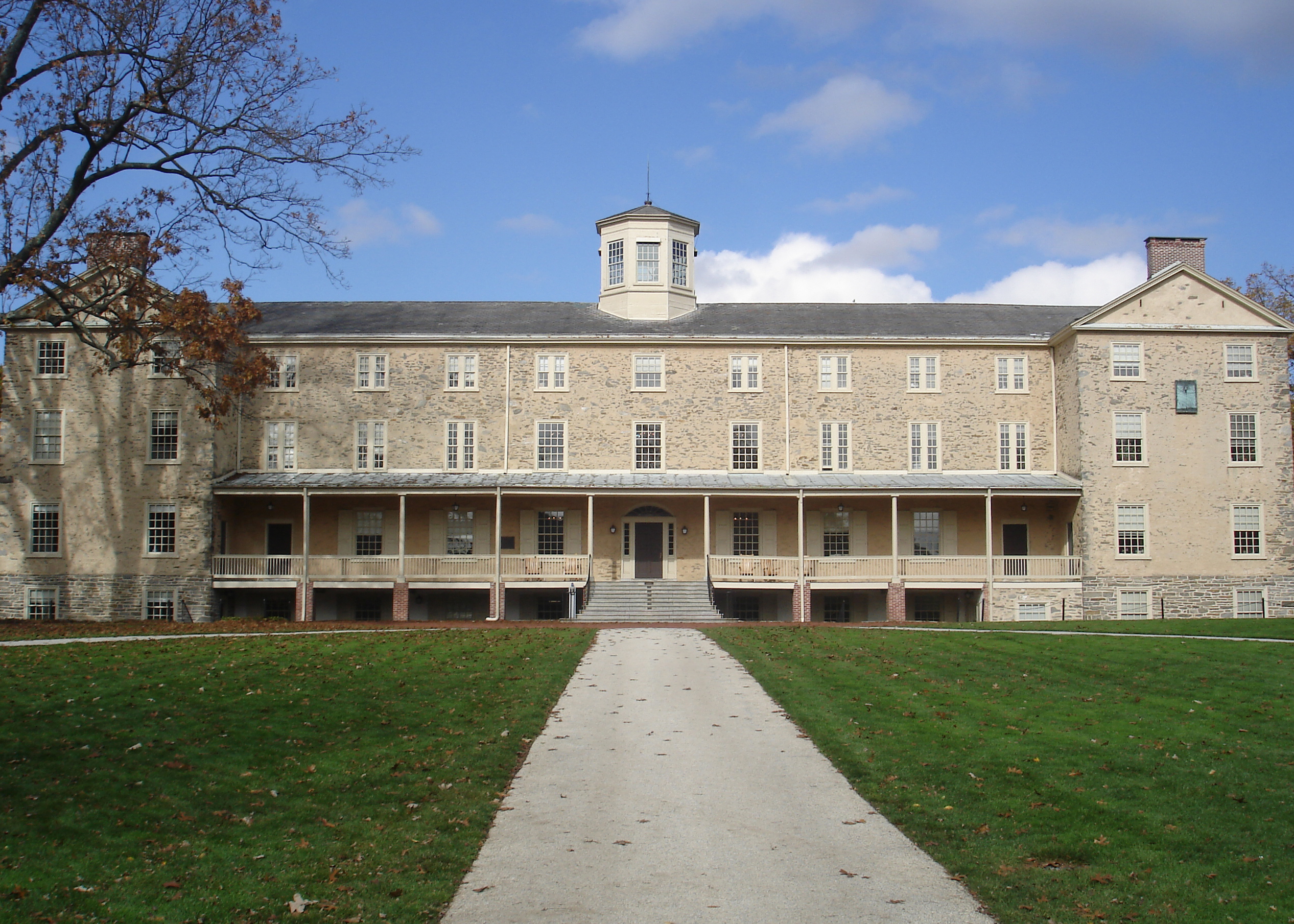By Ethan Lyne, Co-Editor-in-Chief
Most Haverford students are aware that Haverford was as an all male institution until the early 1980s. Most are also aware that the college was primarily white for much of its history, until recent efforts to begin diversifying the student body. Some know the names of assorted famous alumni that have graduated from Haverford from either Wikipedia or random conversations during their time in college.
The student body, however, knows little else about the history of the institution. It’s time we reckon with and begin attempting to understand the storied past of Haverford College, which has not been as idyllic as the bucolic duck pond and the lofty principles in the Honor Code suggest.
Universities and colleges around the country have begun this retrospection, leading to difficult conversations and the renaming of institutions on campuses that have a troubling past. Examples include Stanford’s recent effort to rename Serra Mall, which was named after Spanish missionary Junipero Serra, to University of Texas’s decision to move a statue of a Jefferson Davis to it’s campus museum in 2017.
Bryn Mawr has embarked upon this reckoning process over the last several years, most notably with the powerful push by students to strip the name of M. Carey Thomas, an influential Bryn Mawr president in the early 1900s who had a well-documented history of racism and anti-Semitism, from a prominent campus building and other parts of the institution.
While there is no widespread knowledge of any similar history at Haverford College, that doesn’t mean our history is free of any harmful acts of hatred or discrimination that are important to acknowledge and understand as a community.
A brief look through digitized documents on the Haverford College Library’s website reveals that there have been protests and problems on Haverford’s predominately white, male campus in nearly every decade dating back to the 1970s. In these same documents, we can see how long the history of Haverford as a predominately white institution has persisted. Statistics show that an average of 34 students of color matriculated each year from 1980 through 1985, which on average accounted for 11.78% of admitted students.
These statistics represent the time when some of our parents were in college, only one generation from us. Given that this is such a small sample of the history of Haverford, this is likely only the tip of the iceberg of problematic and concerning situations that students of marginalized identities have faced at Haverford.
In addition to confronting the problematic past of Haverford College, there must be an effort to understand how the institution has supported some of the perpetrators of climate change, which has already begun to impact some regions of the globe and is harmful to communities of color in particular.
For example, Haverford’s unsuccessful effort earlier this decade to divest the campus from fossil fuels faced a problem that stretched beyond just the untangling of the finances of the institution from companies that support climate change causing practices. Some of the very buildings on campus, like the Marshall Fine Arts Center, bear the name of a Haverford alumni who became a billionaire Texas oil titan J. Howard Marshall who has donated millions to the college, according to a 2002 Wall Street Journal article.
Marshall is known for his infamous divorce of model Anna Nicole Smith and the decades-long litigation that resulted. Before this, he was a highly successful oil titan of industry. In the 1950s, he also invested a significant amount of money in an oil refining business that became Koch Industries, according to a 2013 Forbes article.
If Haverford is hoping to continue including more students of color and people from diverse backgrounds in the student body, we must address what has previously happened in the classrooms we learn in and residential halls we call our homes. If we seek to root out white supremacy, sexism, and homophobia from the fabric of our country, in addition to limiting the effects of climate change, we must acknowledge some of the same problems that festered all around us not too long ago.
Photo credit: Wikipedia
